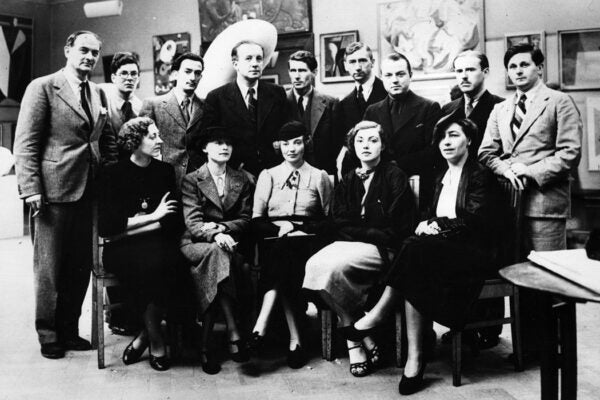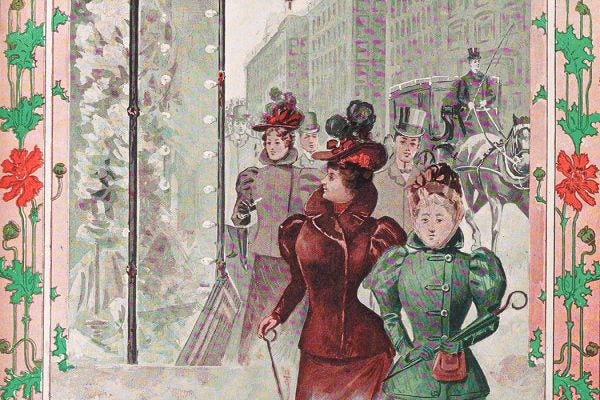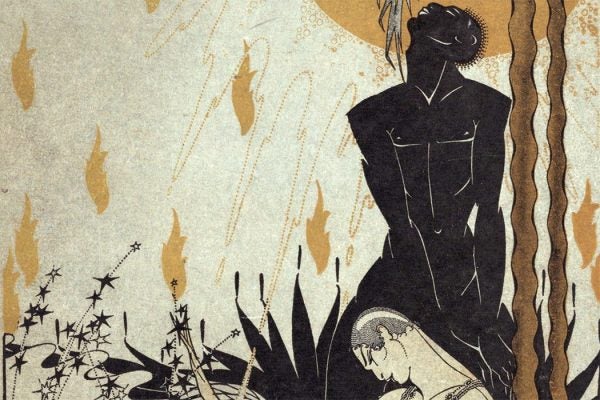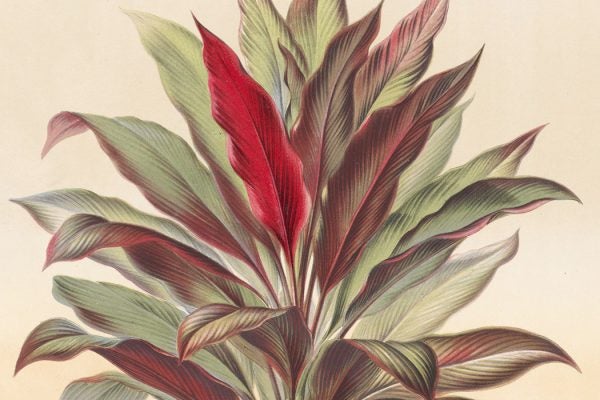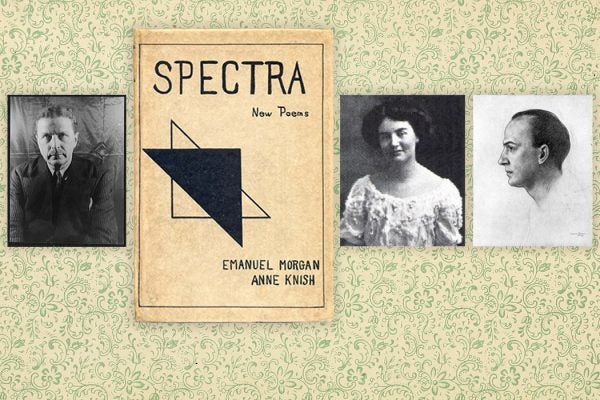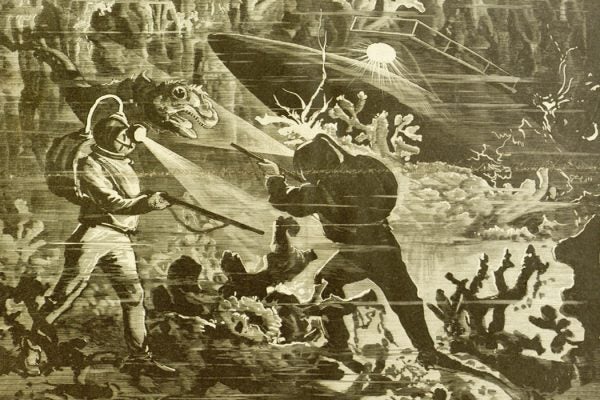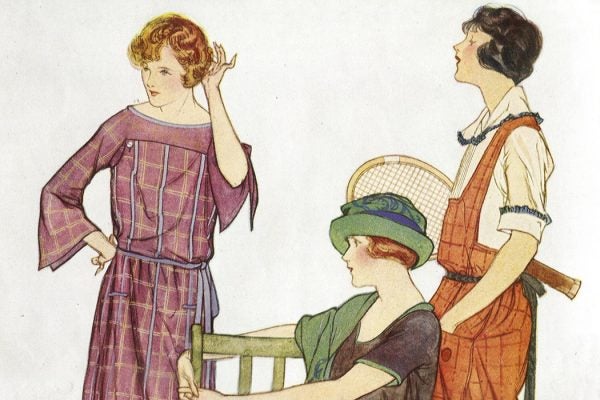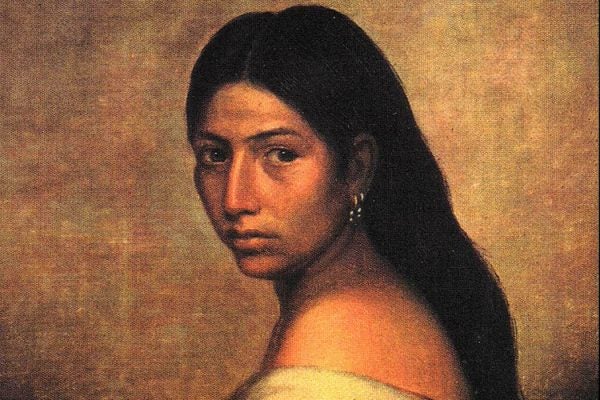Self-Publishing and the Black American Narrative
Bryan Sinche’s Published by the Author explores the resourcefulness of Black writers of the nineteenth century.
Surrealism at 100: A Reading List
On the centennial of the founding of Surrealism, this reading list examines its radical beginnings, its mass popularity, and its continued evolution.
Dime Novels and Story Papers for Kids
The rise of popular literature for children put a story, a role model, and a set of values in a young boy’s pocket.
Grand Illusions
By the time L. Frank Baum introduced the world to Dorothy and the gang, he’d already made his name as a shop window dresser par excellence.
The Short but Influential Run of Ebony and Topaz
The 1927 art and literature magazine only ran for a single issue, but “proved an integral component of Harlem Renaissance cultural production."
Plant of the Month: Cordyline
Plantfluencers? Back in the nineteenth century, it was the dazzling leaves of cordyline that set trends in domestic style.
Spectra: The Poetry Movement That Was All a Hoax
In the experimental world of modernist poetry, literary journals were vulnerable to fake submissions.
The Periodicals That Shaped American Boyhood
Nineteenth-century “story papers” gave boys stories they liked, while also encouraging readers to contribute their own material and tell their own stories.
An Ad Campaign for Ads
Back in the 1920s and ‘30s, the magazine Women’s Home Companion tried explicitly appealing to its readers to take the ads seriously.
How 19th Century Women Were Taught to Think About Native Americans
In nineteenth-century American women's magazines, Native American women were depicted as attractive, desirable, and pious.

